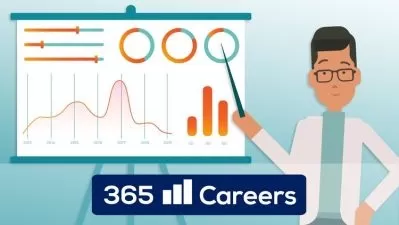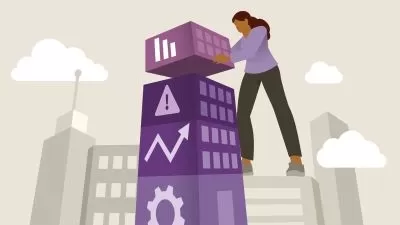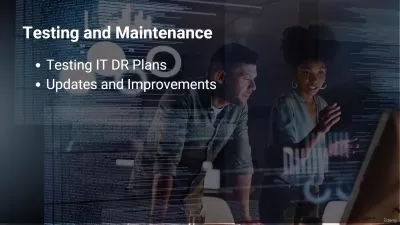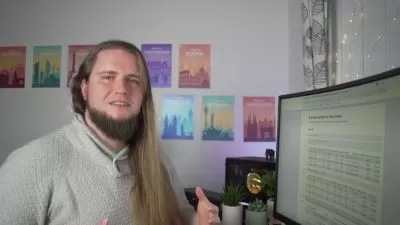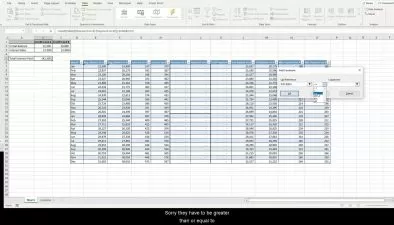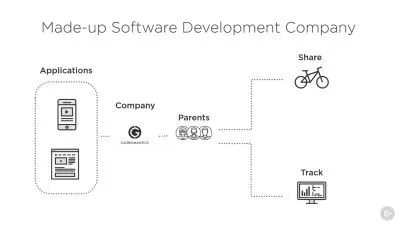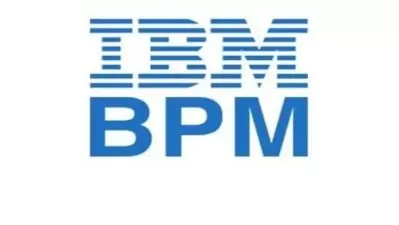About Business AnalyticsLearn More
Business analytics (BA) is a method used to explore a company's data, visualize that data, and analyze it through software. Finally, strategic decision-making related to the business process of the organization is also done based on these data.
Sort by:
Sorting
The newest
Most visited
Course time
Subtitle
Filtering
Courses
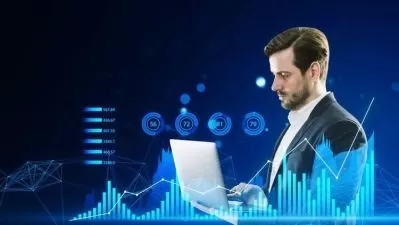
Udemy


EDUCBA Bridging the Gap
Certified Analytics Professional (CAP) Exam Prep Course 7:55:14
01/06/2025
Subtitle

Linkedin Learning


John David Ariansen
How to Build an Analytics Portfolio that Gets You Your Next Job 18:26
English subtitles
09/11/2024
Subtitle
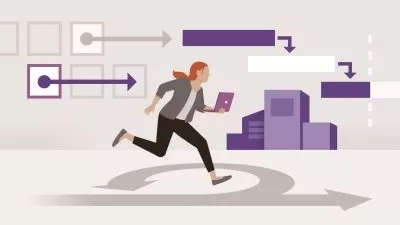
Linkedin Learning


Christina Charenkova
Business Analysis for Busy Professionals 43:08
English subtitles
08/31/2024
Subtitle
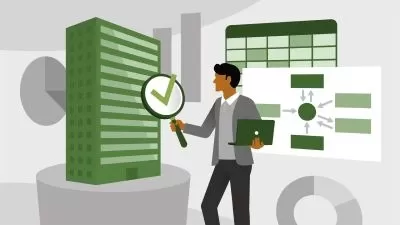
Linkedin Learning


Jamie Champagne
Business Analysis: Essential Tools and Techniques 48:03
English subtitles
08/31/2024
Subtitle
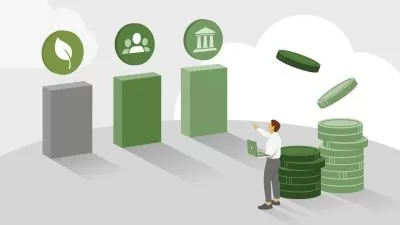
Linkedin Learning


Vincent Mirabelli
Leveraging Business Analysis in ESG 38:17
English subtitles
06/18/2024
Subtitle

Linkedin Learning


Jamie Champagne
Business Analysis Skills to Develop for Future Success 34:02
English subtitles
06/05/2024
Frequently asked questions about Business Analytics
Business analytics is the process of transforming the raw data businesses collect on their customers, performance, and the marketplace into applicable models so they can make informed decisions. It is an iterative, systematic, and statistical exploration of a company’s data to improve its operation or profitability. Business analytics is divided into three primary categories: descriptive, predictive, and prescriptive. Descriptive analytics uses historical data to answer the questions “what happened” or “what is happening.” Predictive analytics uses historical data to try to predict future outcomes. Prescriptive analytics combines the other two. It uses historical data to offer insights into what happened and then predict what will happen when it occurs and why. For example, a Las Vegas casino with an extensive buffet can use prescriptive analytics to determine when the most customers will want to eat and when staff should start preparing the food to have it ready on time.
Business analytics uses tools to transform raw business data into valuable reports. Businesses today gather vast quantities of data. Data aggregation or collection filters and organizes it. Data mining, sequence identification, and text mining are all business analytics tools that use artificial intelligence and machine learning to identify trends, sequences, and relationships within large data sets. Forecasting or descriptive analytics takes filtered data from a specific period to make informed estimates about future events. For example, a clothing manufacturer may want to know seasonal purchasing trends over the past five years. Once enough descriptive analytics are done, predictive analytics applies statistical techniques to predict what is likely to happen. Optimization allows businesses to test those predictive models in different scenarios. Finally, visualization tools like graphs and charts help people understand the reports and extract new insights.





